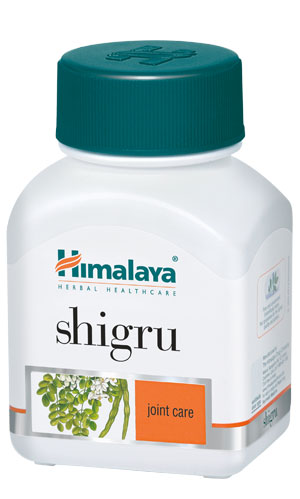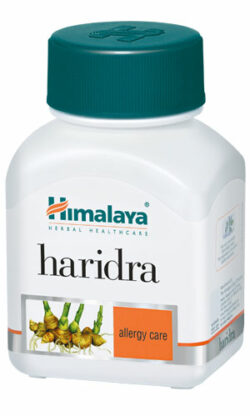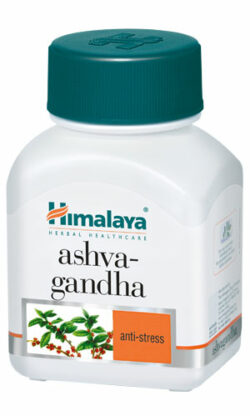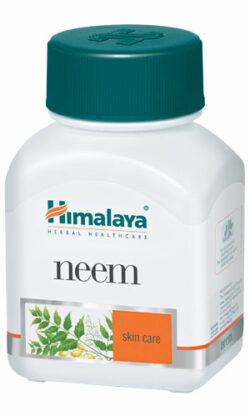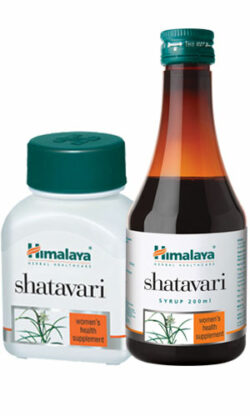Shop
Shigru
Alleviates joint inflammation
Shigru (Drumstick Tree/Horseradish Tree/ Moringa oleifera) is an exceptionally nutritious vegetable tree with a variety of uses. The leaves are rich, natural sources of vitamins and minerals.
The history of the herb dates back to 150 B.C. Historical texts reveal that ancient kings and queens used Shigru in their diet to maintain general health and alleviate inflamed joints.
Although Shigru is native to northern India, it is cultivated throughout subtropical areas from West Africa to Fiji.
Active constituents:
The leaves are a potent source of vitamins A and C. Shigru has the highest amount of Vitamin A compared to all other vegetables, making it an ideal choice in the treatment of night blindness and other eye diseases. Minerals such as calcium, phosphorous and magnesium are essential for body development, growth and strengthening bones and teeth. Iodine expedites the thyroid while copper and iron form blood cells. All of these nutrients are found in Shigru in large amounts (Bulletin of Medico-EthnoBotanical Research, January 1982 ). The leaves are also a good source of various essential amino acids. A compound found in the flowers and roots of Shigru, pterygospermin, has powerful antibiotic and fungicidal properties.

